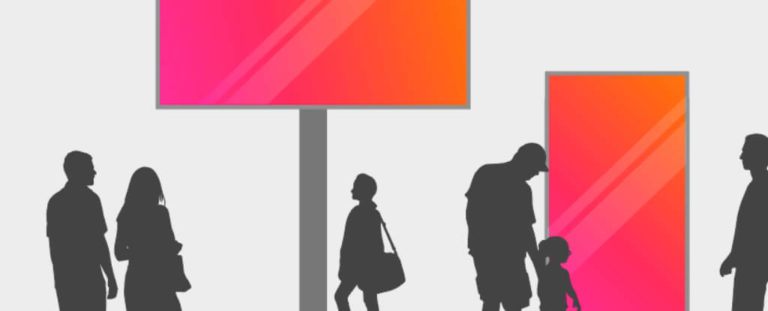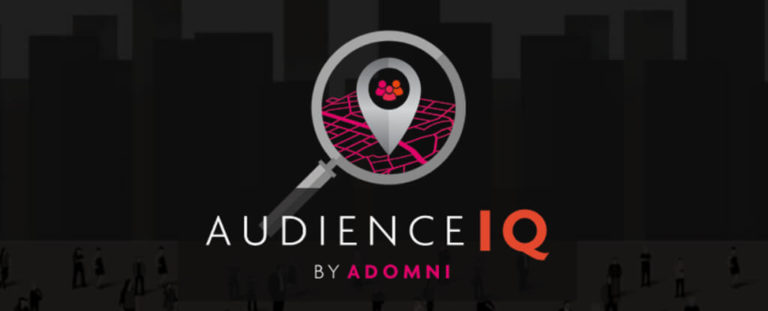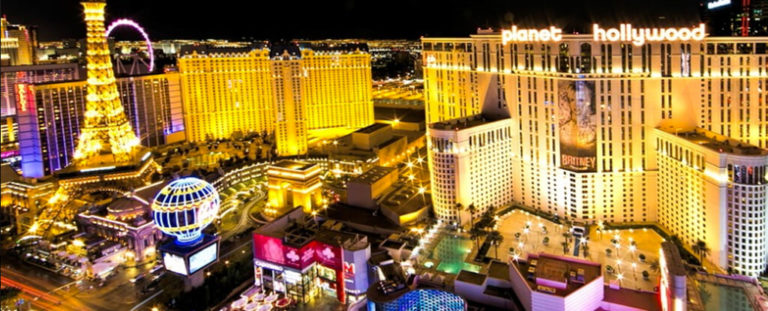Uber and Lyft target surprising market: Taxi rooftops
Published: October 15, 2021
It seems an uneasy alliance. On the rooftop of some yellow cabs, a digital billboard reads: "Your ad here. Contact ooh@uber.com."
Yep, the same ride-hailing app that helped upend the market for yellow cabs in the past decade is now in business with taxis. The San Francisco-based company reached a deal during the spring with the largest medallion fleet-owner group in New York that will allow Uber to manage advertising for digital screens on up to 3,500 cabs. A thousand screens have now gone live.
Uber is not alone in its interest in the market. Rival ride-hailing company Lyft says it is managing more than 1,000 taxi-top digital displays in New York following an acquisition last year of the advertising startup Halo. In addition, Firefly, a San Francisco ad startup whose investors include Google, bolstered its New York taxi-top presence with an acquisition earlier this year and says it has rights to 4,000 taxi billboards.
The companies are staking a claim to part of an out-of-home advertising market that will attract $7.2 billion in brand spending by end of year, according to forecasts from media investment company Magna. The market for such digital outdoor advertising—which can be geographically targeted and updated in real time—took a hit when Covid-19 kept people home, so the companies are betting on a continued recovery, with more pedestrians out and about and cabs on the streets.
"The potential audiences are back, they are spending more time than possibly ever before because we have been holed up for so long, and that's what makes this medium so valuable right now," said Jonathan Gudai, CEO of the Las Vegas-based Adomni, an out-of-home online marketplace that partnered with Uber for sales on the effort.
The companies, particularly Firefly and Uber, have focused advertising efforts on ride-app vehicles in other markets. But ride-app advertising is banned in New York, so they are striking deals to adorn yellow cabs instead.
Uber OOH
The deal reached in March between Uber and the Metropolitan Taxicab Board of Trade represents about a quarter of all taxis, according to a press release in March. Uber, through a spokesman, declined to comment further on the deal.
Michael Woloz, a spokesman for the MTBOT, said the partnership might seem like an unusual dynamic, but the deal was a straightforward business one.
Uber had a good product, he said, and it is "incumbent on MTBOT to get the best possible rates for any additional revenue it can generate.” Woloz declined to share the exact value of the deal.
That a company was willing to invest in the taxis, he said, by bringing the screens to new cabs represented a rare bright spot for an industry crushed by Covid-19.
The Uber-managed digital screens are internet-enabled and can quickly shift from campaign to campaign, based on performance and target areas, with competitors Halo and Firefly pitching similar offers.
Brands buying out-of-home ads are charged fees starting between $3.30 and $8.65 per thousand impressions, on average, according to figures from the Outdoor Advertising Association of America, an industry group.
Impressions are measured using anonymized cellular data that estimates how many people saw a given ad. Uber said its network, called Uber OOH, receives 70 million impressions each month.
Adomni’s Gudai said the company's marketplace allows advertisers to place ads across multiple digital formats at once.
"You are walking down the street and may see that LinkNYC has an ad, you see the taxi tops and then a billboard—all three of these things can be purchased on a single platform," Gudai said.
Ad ban
Uber launched the advertising business in February 2020, focused outside New York. At the time, Firefly was growing quickly by signing up U.S. drivers for Uber and Lyft to host advertising on their cars, typically paying them a few hundred dollars per month.
New York is, perhaps unsurprisingly, a more complicated market for companies entering the taxi ad business. The placements are banned on for-hire vehicles such as those routed by Uber and Lyft.
But the ads have long been a point of contention for drivers, said Bhairavi Desai, president of the New York Taxi Workers Alliance. At a time struggling drivers are protesting at City Hall to obtain greater debt relief, the billboards could represent a much-needed revenue source. But drivers who don’t own their medallion rarely share in the profits, Desai said, and don’t have much say in the ads or who is selling them. “They are the last people that look at the top of the roof,” Desai added.
Uber and Lyft drivers were able to host ads on their cars in New York for a short time starting in 2018, mostly through Firefly, before the Taxi and Limousine Commission reinstated a ban on such advertising in August 2019.
City Councilman Ydanis Rodriguez, chair of the transportation committee, has proposed a bill that would negate the TLC policy. But the legislation has stalled since a tense hearing in January 2020, in which yellow-cab industry representatives told the council that ads from Uber drivers could saturate the market. The TLC has justified the ban as a way to prevent New Yorkers from seeing a barrage of ads, citing a similar state ban on floating digital marketing boats in 2019.
An industry task force launched in the fall of 2020 by the council is expected to release a report this year that, among other issues, will consider whether to allow advertising on for-hire vehicles.
In the meantime, Uber OOH, Lyft's Halo and Firefly have been striking deals with taxi fleets or individual medallion owners.
"They're putting their toe in the water and this allows them to be ready," should the rules change, said Matthew Daus, a former chairman of the TLC and now a partner at Windels Marx.
Firefly, which has raised $53 million in venture capital during its eight years in business, in June announced its acquisition of Curb Taxi Media, which it said would allow the company access to more than 10,000 car ad screens across 11 U.S. cities. The company partners with management companies as well as individual medallion owners, said CEO Kaan Gunay, who added in an email that there is “a massive demand for advertising right now in street-level digital media.”
Banking on foot traffic
The market for out-of-home advertising as a whole is relatively small. It captures less than 3% of all ad spending, Magna said, with the dominant online search market garnering one-third of all ad dollars. But Magna projects spending on the OOH marketing will grow 10% next year.
Brands are keeping a close eye on foot traffic and other mobility data as they consider buying OOH ads, Gudai said.
The number of daily trips by taxicabs cratered from about 200,000 daily in February 2020 to fewer than 8,000 in April of that year, according to TLC data analyzed by data scientist Todd Schneider. But there are signs of a slow recovery, with daily taxi trips climbing to just under 90,000 as of August.
Brands are increasingly seeing taxi tops as a "great frequency play," said Brian Rappaport, CEO of Quan Media Group, an out-of-home-focused agency in Midtown.
"If you walk around New York City, you see taxi tops everywhere," Rappaport said. "If you are a brand looking to get awareness in New York and want to be seen, taxicabs are a good place to look."
Read the full story on Crain's New York
To get the latest updates on out of home advertising, digital marketing and technology, follow us on:
Or sign up for our newsletter.






